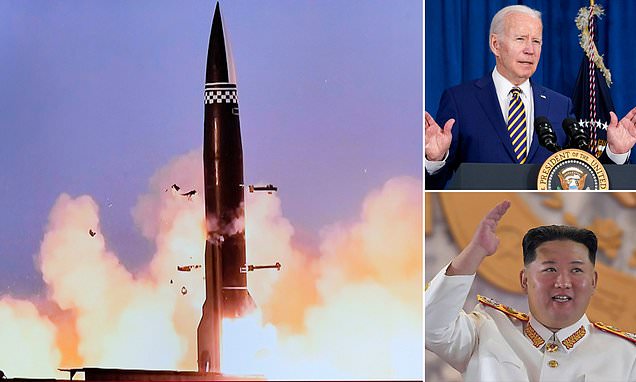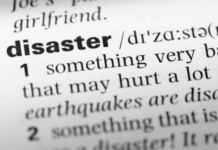On Sunday, North Korea launched eight short-range ballistic missiles toward the sea from several locations in just over 35 minutes.
The launches, verified by South Korean military authorities, come only one day after the US and South Korea concluded naval maneuvers in the Philippine Sea aimed at bolstering both nations’ regional defenses.
The launches are the latest in a string of military tests by North Korea, which American and South Korean officials believe might culminate in Pyongyang’s first nuclear test explosion since 2017.
The eight launches might have set a single-day North Korean ballistic launch record. According to South Korea’s Joint Chiefs of Staff, the missiles were fired in succession from several locations, including the Sunan region near Pyongyang.
The South Korean military did not indicate how far the rockets traveled, but it did say it has increased its surveillance in case the North fired more missiles.
Nobuo Kishi, Japan’s Defense Minister, claimed his country’s military has detected at least six launches between 180 and 240 kilometers from North Korea’s heartland and western and eastern coasts.
He said that the North was likely testing its capacity to launch numerous missiles in rapid succession from various places, and that none of the missiles fell into Japan’s exclusive economic zone.
The launches came a day after the US aircraft carrier Ronald Reagan completed a three-day naval drill with South Korea in the Philippine Sea, the countries’ first joint drill involving a carrier since November 2017, as they work to improve their defense exercises in the face of rising North Korean threats.
President Yoon Suk Yeol’s office stated his national security advisor, Kim Sung-han, will call a meeting of the National Security Council to review the launches.
Sung Kim, the special envoy for North Korea for US President Joe Biden, said Friday that Washington is ‘preparing for all contingencies’ in close coordination with its Asian allies, as he attended a trilateral meeting in Seoul with his South Korean and Japanese counterparts over the nuclear standoff with North Korea.
Regarding his mounting economic problems, Kim has shown little readiness to totally abandon an arsenal that he views as his best chance of survival, analysts say, and is plainly attempting to turn the stalled disarmament discussions into a reciprocal armaments reduction agreement with the US.




